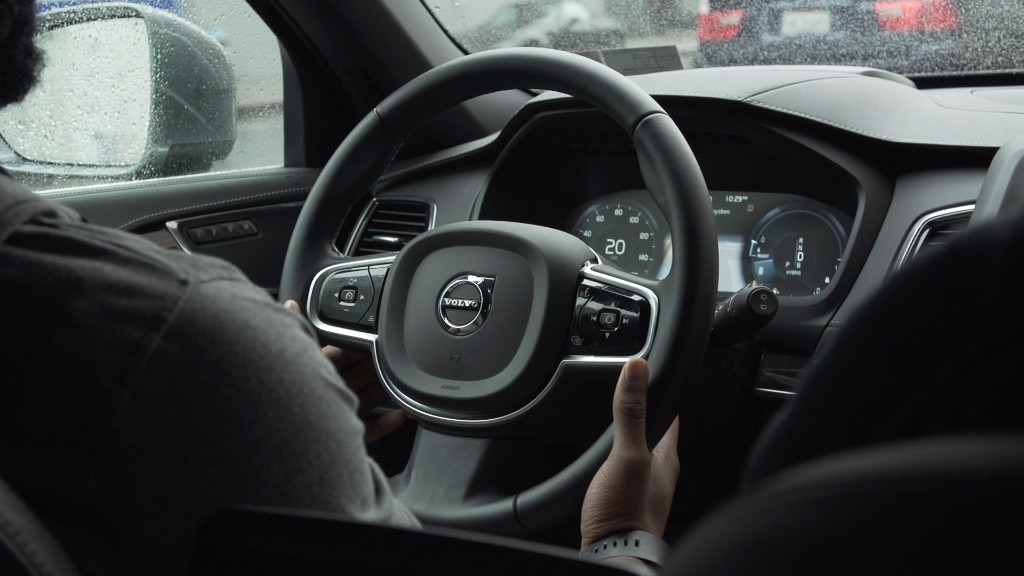
General Motors is significantly increasing the number of people working on its self-driving car projects. Its new research and development facility in California is hiring 1,100 people.
The new employees will be working at the Cruise Automation unit, a tech start-up GM paid $581 million for in March 2016. The self-driving car unit had already grown to about 150 engineers, according to GM, up from the 40 at the time of its purchase. It has more than 30 job openings already posted on its website.
Self-driving cars have entered a crowded arena. All automakers as well as several major tech companies, such as Google (GOOGL) and Intel (INTC), are working on driverless tech. Competition for top engineering talent in the sector has become fierce -- and even prompted lawsuits.
That's part of the reason GM (GM) has kept Cruise Automation operating as an standalone unit rather than moving it from California to Michigan and integrating it into GM's existing R&D operations.
"We have a start-up in San Francisco that is truly working as a start-up but has the resources of General Motors," said GM CEO Barra at the World Mobility Leadership Forum last fall.
Related: Intel in battle for driverless tech with Tesla and Nvidia
Cruise Automation and GM engineers are currently testing more than 50 Chevrolet Bolts with self-driving technology on public roads in San Francisco; Scottsdale, Arizona; and metro Detroit. The Bolt is GM's new long-range electric vehicle.
GM will spend $14 million on the new expanded R&D facility. The state of California is providing an $8 million tax credit to GM as part of the investment.




